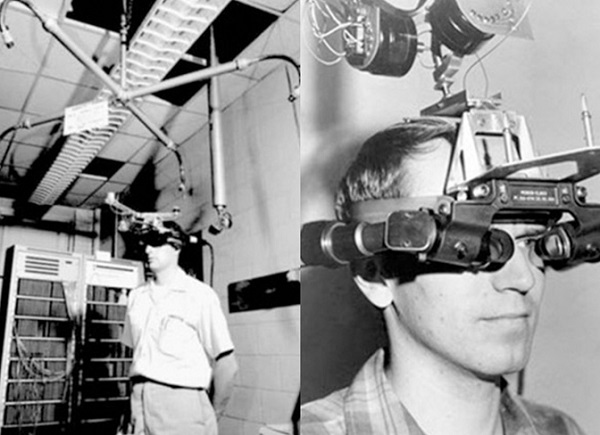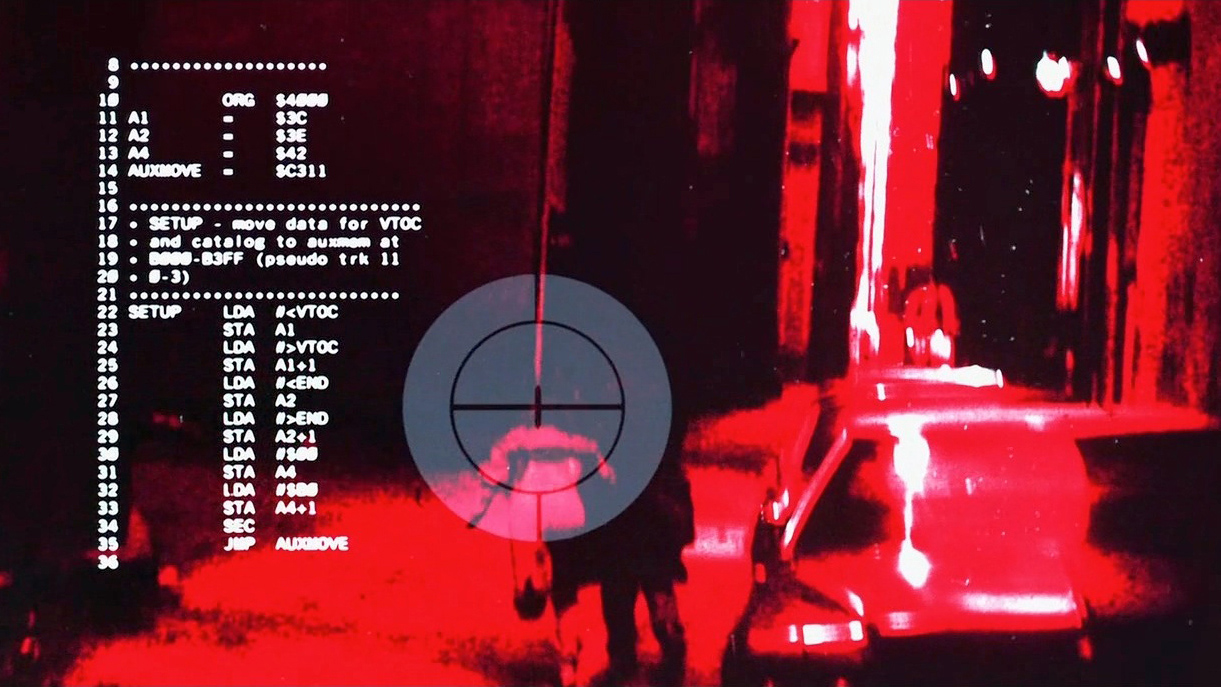Once just a fantasy of science fiction, smart glasses are now part of real-world innovation. From military prototypes to fashion-forward gadgets, they’ve traveled a long road. But where did it all begin?
5 Real-Life Lessons You Didn’t Expect
When we think of smart glasses, we envision virtual assistants, real-time translations, and augmented reality overlays. But their journey began much earlier, with a device that seemed straight out of a dystopian novel.
In 1968, scientist Ivan Sutherland, alongside his student Bob Sproull, developed a massive apparatus suspended from the ceiling, featuring a small screen in front of the user’s eyes. Dubbed The Sword of Damocles, it was the first augmented reality headset in history. It displayed simple 3D graphics and tracked head movements. Though it resembled military equipment, this device was the seed of what we now know as smart glasses.
It was cumbersome, yes. But it changed everything.

From Academia to Everyday Life

For decades, progress was slow. The technology wasn’t ready. But in the 1990s, more compact and portable experiments began to emerge. The real breakthrough came in 2013 when Google introduced Google Glass: glasses that displayed floating information, took photos, and recorded videos via voice commands.
They weren’t a commercial success, but they sparked a cultural revolution. Smart glasses had stepped out of the lab and into the streets.
Today, companies like Meta, Xiaomi, Huawei, and Vuzix are developing models with HD cameras, network connectivity, integrated AI, and augmented reality experiences for work, entertainment, and tourism.
A standout example is the Ray-Ban Meta Smart Glasses, launched in 2023. These glasses combine Ray-Ban’s classic design with cutting-edge technology: a 12 MP camera, 1080p video recording, multidirectional microphones, and voice assistants. With them, you can live stream, take calls, and snap photos with just a voice command. They’re lightweight, stylish, and designed for daily use, not just for tech enthusiasts or professionals.
They’re no longer a futuristic concept: they’re a real, increasingly accessible tool.
Science Fiction with a Vision of the Future
Before the technology was ready, imagination had already projected it. Science fiction served as a parallel laboratory for smart glasses. In movies like Terminator, Iron Man, or Blade Runner, characters used visors with floating information, real-time analysis, and voice control.
Later, series like Black Mirror or films like Ready Player One took this vision further: glasses that modify reality perception, blend virtual and physical worlds, and transform memory or identity.
And interestingly, we’re not far from that.

What's Next for Smart Glasses?
Today, smart glasses are integrating into sectors like medicine, education, industry, and tourism. They allow surgeons to view real-time data, students to interact with 3D content, and technicians to repair machines without removing their glasses.
Moreover, with advancements in artificial intelligence, it’s expected that soon they’ll understand context, recognize faces, translate instantly, and even help you remember names and places.
What was once science fiction is now part of our digital reality.
From the Screen to Your Face
Smart glasses are no longer just accessories; they’re interfaces. They connect us, inform us, and gradually reshape how we perceive the world. Their evolution proves that fiction often just stays one step ahead of science.
And now, we’re taking that step.
